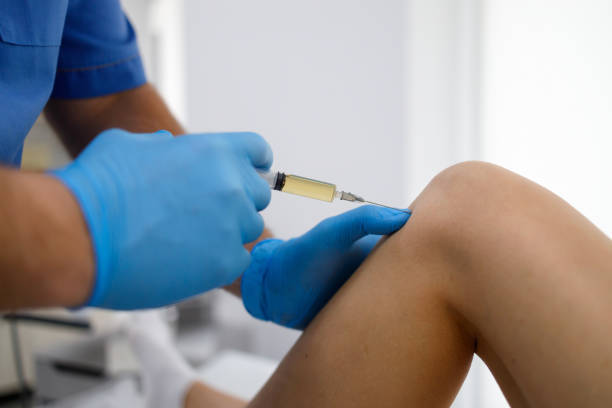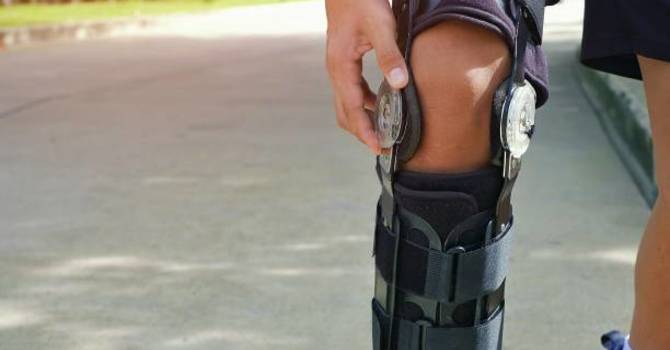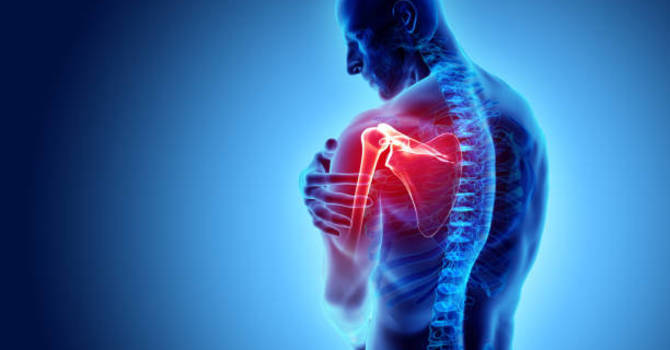
At Tulsi Wellness Club, we believe in natural, regenerative solutions that help the body heal itself. One of the most promising therapies for joint pain, especially in the knees, is Platelet-Rich Plasma (PRP) therapy. If you’ve been considering PRP for knee pain or injury, one of the most common questions we hear is: What is the PRP injection knee recovery time?
Let’s explore what PRP therapy involves, how it helps, and what kind of recovery timeline you can expect.
What Is PRP Therapy for the Knee?
PRP therapy uses the healing components of your own blood—specifically platelets—to stimulate tissue regeneration. Platelets contain powerful growth factors that accelerate healing in injured or degenerated tissues.
To perform PRP therapy:
-
A small amount of your blood is drawn.
-
The blood is spun in a centrifuge to isolate the platelet-rich plasma.
-
The PRP is then injected into the affected area—in this case, the knee joint.
PRP is commonly used to treat:
-
Osteoarthritis of the knee
-
Meniscus injuries
-
Ligament strains or tears (like ACL or MCL)
-
Patellar tendonitis (“jumper’s knee”)
-
General knee pain and inflammation
PRP Injection Knee Recovery Time: What to Expect
Recovery from a PRP injection in the knee is usually much quicker and less invasive than traditional surgery. However, it’s important to understand that PRP is a regenerative therapy—it stimulates natural healing, which takes time.
Here’s a typical recovery timeline:
Day 1–3: Initial Inflammation Phase
Immediately after your PRP injection, you may experience mild swelling, soreness, or stiffness in the knee. This is a normal part of the healing response and usually subsides within a few days.
-
Rest and avoid strenuous activity
-
Use ice and over-the-counter pain relievers if needed (avoid anti-inflammatories like ibuprofen unless directed)
-
Light walking is okay, but avoid high-impact exercise
Week 1–2: Tissue Activation
The platelets begin stimulating repair at the cellular level. During this phase, most patients notice reduced pain and improved mobility.
-
Gentle stretching or physical therapy may be introduced
-
Avoid squatting, running, or jumping
-
Walking and light activity is generally encouraged
Week 3–4: Regeneration & Strengthening
Tissue repair is actively underway. Collagen begins to rebuild, and inflammation continues to decrease. Many patients notice significant improvements in pain, stiffness, and joint function.
-
Low-impact exercises such as swimming, cycling, or elliptical work can be resumed
-
Physical therapy can be intensified if prescribed
4–6 Weeks & Beyond: Continued Healing
For most patients, the full benefit of PRP therapy is felt between 4 to 8 weeks after the injection. However, healing can continue for up to 3 months. Some patients may benefit from a second or third PRP treatment, depending on the severity of their condition.
Factors That Affect PRP Recovery Time
While many patients experience noticeable improvements in as little as 2–4 weeks, several factors can influence the total recovery timeline:
-
Severity of knee damage (mild arthritis vs. torn ligament)
-
Overall health, age, and activity level
-
Adherence to post-treatment guidelines
-
Whether physical therapy is included in your plan
-
Number of PRP sessions received
At Tulsi Wellness Club, we personalize your treatment plan to optimize your healing and recovery. Our team will guide you on lifestyle modifications, rehab exercises, and any additional therapies that support your PRP results.
Why Choose PRP at Tulsi Wellness Club?
When you choose Tulsi Wellness Club for PRP therapy, you're not just getting an injection—you’re receiving whole-body regenerative care. Our medical team is highly experienced in PRP protocols, and we use advanced centrifuge systems to ensure high-concentration, high-quality PRP.
We combine science with a holistic approach to ensure your knee heals from the inside out—naturally, safely, and effectively.
Ready to Heal Your Knee, Naturally?
If knee pain is slowing you down and you’re looking for an alternative to surgery or long-term medications, PRP therapy at Tulsi Wellness Club may be the solution. With minimal downtime and a focus on natural healing, it’s one of the most effective tools in regenerative medicine.
Schedule your consultation today and take the first step toward pain-free movement.
Dr. Devin Stone
Contact Me


